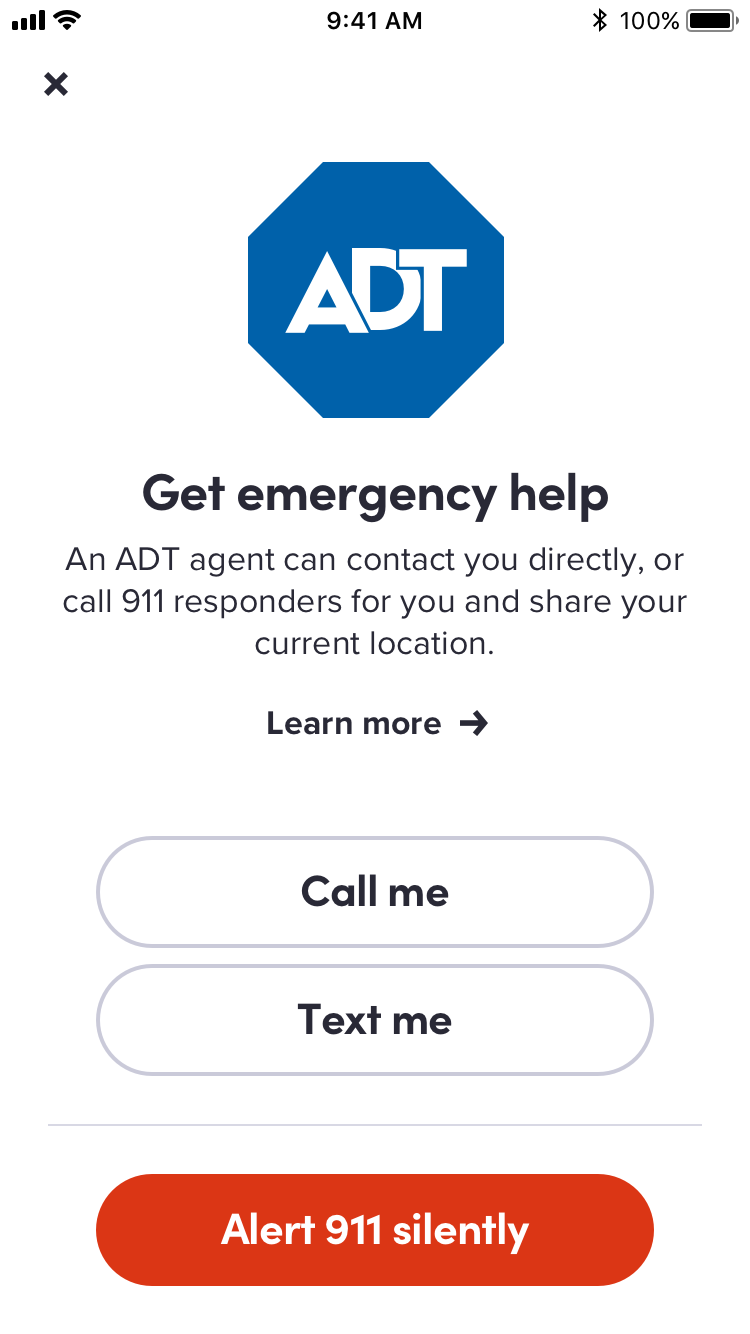ADT and Lyft Take Security on the Road

ADT has formed a partnership with ridesharing company Lyft to provide security features for its drivers and riders. The new feature will appear in the Lyft app in ten pilot markets for testing in early 2020.
ESA Member Company ADT built the service on its own mobile security platform to showcase the new technology.
“We built a mobile safety solution and a platform that all types of businesses could use,” says Leah Page, VP Product Development at ADT. “Lyft is the first partner and the one we want to showcase … the company has been very vocal in the media and their website about their exceptional commitment to rider and driver safety. Our brand value is that everybody deserves to be safe. We feel that’s something that we share a vision on.”
The new partnership between ADT and Lyft will connect uneasy rideshare users to a monitoring center from their mobile devices while riding or driving. Within the Lyft app, the user will connect discretely with a monitoring professional and share location data so the ADT employee can dispatch the authorities to them when they need it.

 “That rider or driver, being in an unknown place in a car with someone they don’t know … they may have this feeling of uncomfortableness about what’s happening in this situation. Potentially words could be exchanged, physical touching could be exchanged. There are a lot of things that can bring you into that feeling of uncomfortable,” says Page. “We don’t focus on that, just the fact that the person is uncomfortable for us is where we come into play. As you go through the spectrum of feeling slightly uncomfortable to there’s a major incident occurring, ADT can be there to help you through that situation.”
“That rider or driver, being in an unknown place in a car with someone they don’t know … they may have this feeling of uncomfortableness about what’s happening in this situation. Potentially words could be exchanged, physical touching could be exchanged. There are a lot of things that can bring you into that feeling of uncomfortable,” says Page. “We don’t focus on that, just the fact that the person is uncomfortable for us is where we come into play. As you go through the spectrum of feeling slightly uncomfortable to there’s a major incident occurring, ADT can be there to help you through that situation.”
Finding the Right Match
Page says ADT employees spoke with a few companies in the ridesharing and gig economy spaces before ultimately forming a partnership with Lyft. The security company did this to better understand what scenarios rideshare users might face, then built the platform with mobile-specific technical requirements in mind, which will make it easier to follow regulations and offer a better user experience.
For example, the platform uses rich location data from the company’s partnership with Lyft to determine when a user is in an area where ADT cannot provide service and adjusts the user experience accordingly.
“We won’t be present in [the Lyft app] if we aren’t able to participate in that market or there’s a regulatory pullback in that market,” says Page.
New Challenges
Extending monitoring services beyond the home and other stationary locations comes with its own set of challenges to overcome, but Page remains confident in ADT’s ability to adapt as it rolls out the new feature.
“Our monitoring professionals are all thoroughly trained. We have different standard operating procedures for different lines of business, and we understand that there are different components to this. It’s given us and our agents the opportunity to understand these new scenarios and be able to understand and follow these new standard operating procedures,” says Page.
The pilot program with Lyft, which the companies plan to launch in early 2020 in ten pilot markets, is a way for ADT to highlight its platform while learning lessons to inform future implementations of new solutions based on the technology. These new operating procedures will lay the groundwork for servicing the further expansion of ADT’s mobile platform, which Page predicts will encompass many categories in the mobile market.
“I think there are several different types of mini industries with what’s happening in the gig economy. There are tons of different types of apps where you’re servicing somebody who’s like the contractor providing the service and the person who’s receiving that service.”
"Our main mission is to fulfill commitment to the providers and to the people in more ways and to protect what matters most to them."
“So, we’re going to continue to do that in different verticals. It does go well beyond the gig economy. It doesn’t always have to be a mobile app – we don’t think about it that way. It could be a device or something else,” says Page.
Mission
ADT’s focus is on the pilot program with Lyft for the time being. According to Page, Lyft was an obvious first partner due to the company’s shared vision and prioritization of safety for its users, and Page says her team hopes to find success providing the new security service among Lyft’s 30 million riders and nearly 2 million drivers.
“We believe everyone deserves to be safe and that’s really the mission of the platform – bringing service through different types of devices and mobile app experiences. I think the platform also gives us the ability to go well beyond the physical barriers of the home, well beyond the front doors, and into our lives and what’s pertinent to how we’re living them today and the types of activities that we’re all engaging in. That for us is what’s so meaningful here.”
*Images of application in development might not reflect finished product.




